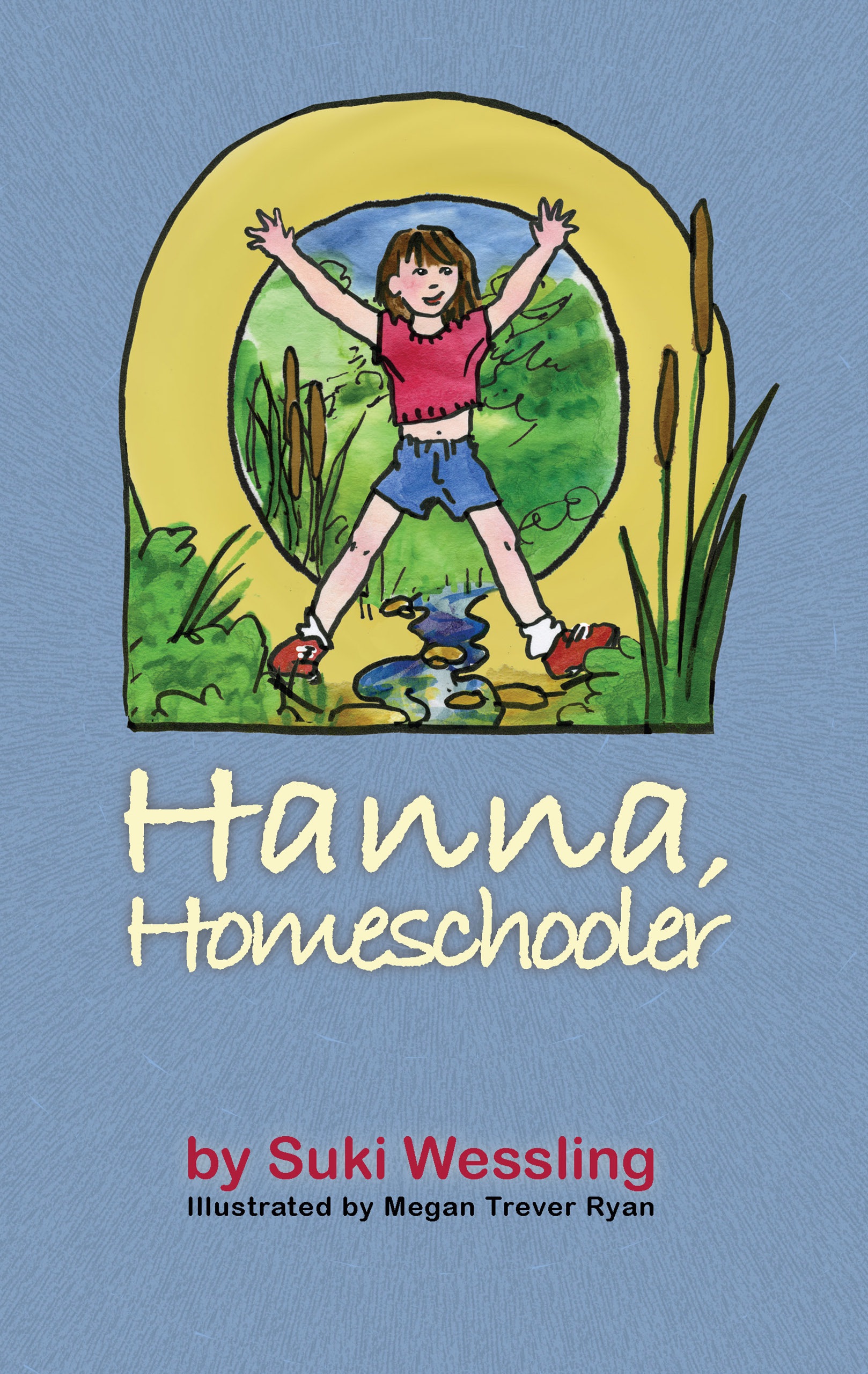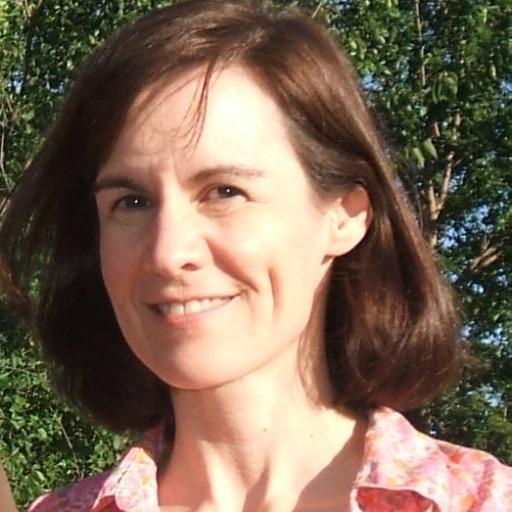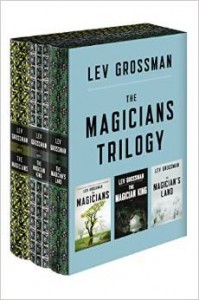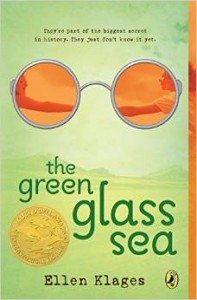I never thought I’d self-publish a book. Of course, having a blog is like self-publishing your own magazine, so it’s not like I have a general problem with the idea. But as someone who once owned a small publishing company, I liked the idea that there was someone else vetting my work, helping me make it better, then putting their stamp of approval on it.
Then along came Hanna.
My daughter (who is not named Hanna!) went through a phase where all she wanted to read were chapter book series. Judy Moody, Ivy & Bean, Ramona the Pest, junie b. jones, and even Captain Underpants were her favorites…and were all about school. One day she stood in front of the chapter book section at our library and asked mournfully, “Are there any books about homeschoolers?”

We looked for them, and there were a few. I keep a list of books about homeschoolers here. But there was nothing like the trials and tribulations of a young child at her studies—nothing like the books my daughter was obsessed with.
Back then, I homeschooled during the day and as soon as dinner was over, handed the household reins to my husband so I could go upstairs and work. That night, I went upstairs and invented Hanna, a young homeschooler who sits at the window seat in her grandmother’s house and watches her young neighbors leaving for the first day of school.
What I hoped to put into the book was the experience of homeschooling the way that other chapter book writers attempted to catch the joys and confusions of school. From what I have observed, most schools are more similar than different, whereas each homeschool is unique unto itself. I could no more contain the full homeschooling experience in a book than I could catch the unique details of each child in the world.
So Hanna, Homeschooler of necessity reflects my own experiences: a homeschool run by a mom who was ambivalent about the choice at first, an eclectic mix of structure and unschooling, a secular approach that includes education about religion, a dad whose job keeps him from being the primary educator but isn’t checked out from the daily lives of the kids.
I also added some fictional complications: My children’s own paternal grandmother never lived with us but in the story she is reimagined as the somewhat curmudgeonly denizen of the lion’s den downstairs. The father in the story is trying to better his family’s life and in so doing, has become less present in his daughter’s life. They have moved from the hippie mountain enclave that I imagined for them to a more conservative Central Valley town where they struggle to find like-minded families.
I wrote the book, got some feedback, and told my agent about it.
There’s this thing that agents do when faced with their client’s pet project that will never sell. “Well, certainly we could consider trying to find a home for the book, but let’s focus on the other manuscript first.”
In fact, my agent told me, she’d recently sold a book with a minor homeschooled character to a publisher. The publisher made it a condition of the sale that the author remove the homeschooled character from the story! “There’s no market for homeschooling stories,” they said.
Of course, I know the market for homeschoolers. You find it in households in every type of neighborhood. You find it amongst the upper crust and the barely getting by. You find it in libraries, in museums on free days, and anywhere they offer LARP. Homeschoolers are everywhere, yet largely invisible.
I agreed, however, that Hanna was hardly guaranteed to be a bestseller. I put her away, but she kept nagging at me. Why not just self-publish? she’d ask me. I don’t want to self-publish, I’d answer. Let someone else deal with it.
Finally, at a writing conference last spring, I attended a round table about self-publishing. As a former publisher, I had all the skills I needed save illustration. And all the other reasons I wasn’t self-publishing this book? Well, they didn’t seem to hold up when I tried to voice them.
“Go for it,” my fellow writers said.
“Well, I can’t think of why not,” I told myself. “So I guess I should just do this.”
So here she is, my girl Hanna:
- Read more about the book on my website
- Order it in print or eBook from Amazon.com
- Order it in print or eBook from BN.com
- Buy it at Bookshop Santa Cruz
- Use it as a fundraiser for your homeschool program or co-op
I didn’t do this alone, of course. I got a number of adult and kid readers to help me with revising and making it a better story. I hired a professional illustrator I knew whose kids had attended school with my son. I am reaching out to my friends and colleagues to help me get the word out the way word usually travels in our circles, from homeschool to homeschool.
I hope those in the homeschool community enjoy my little tale. I could imagine some families with children in school might enjoy it, too. But mostly, I am pleased to be adding one more little voice to the ongoing story of our culture that writers create, each day as we tell our stories. Not every child goes to school. Hanna doesn’t, and though she wonders about school, she ends up happy and thriving in homeschool.
Vive la différence!







